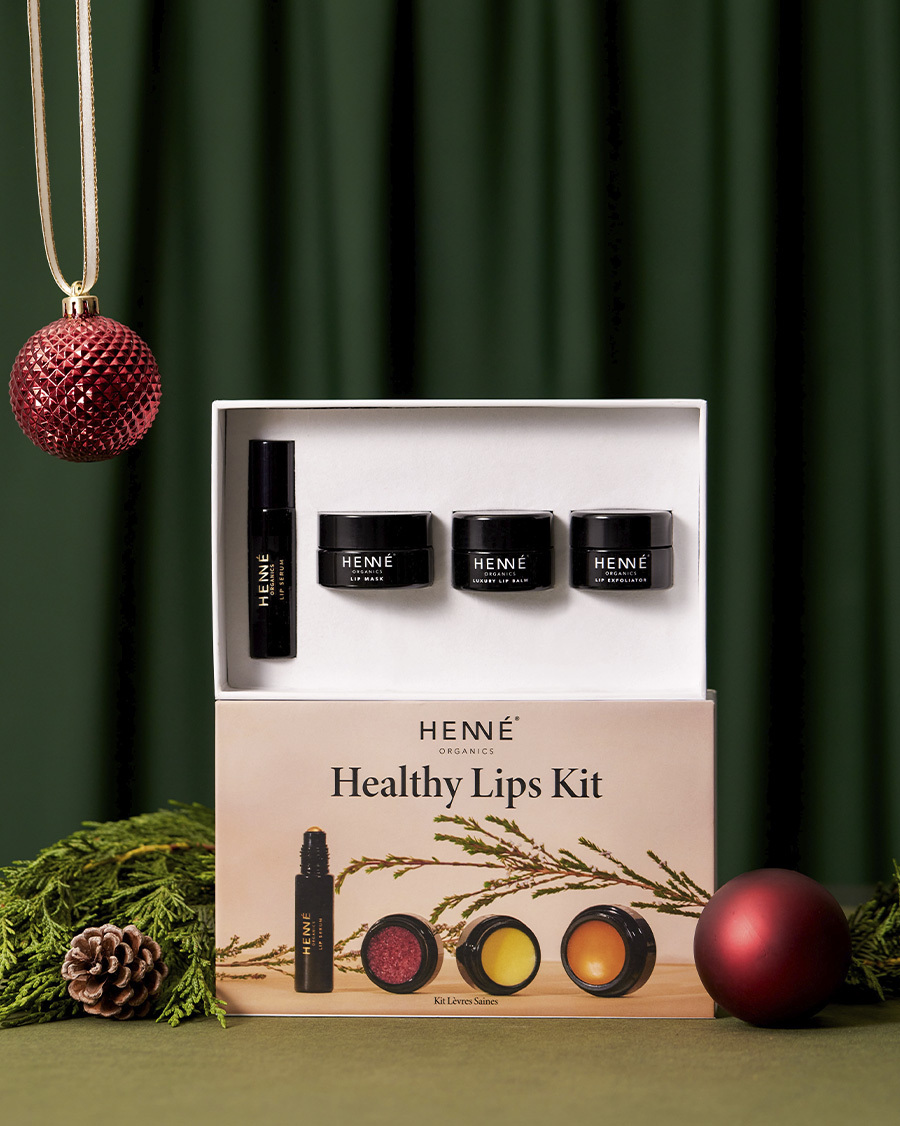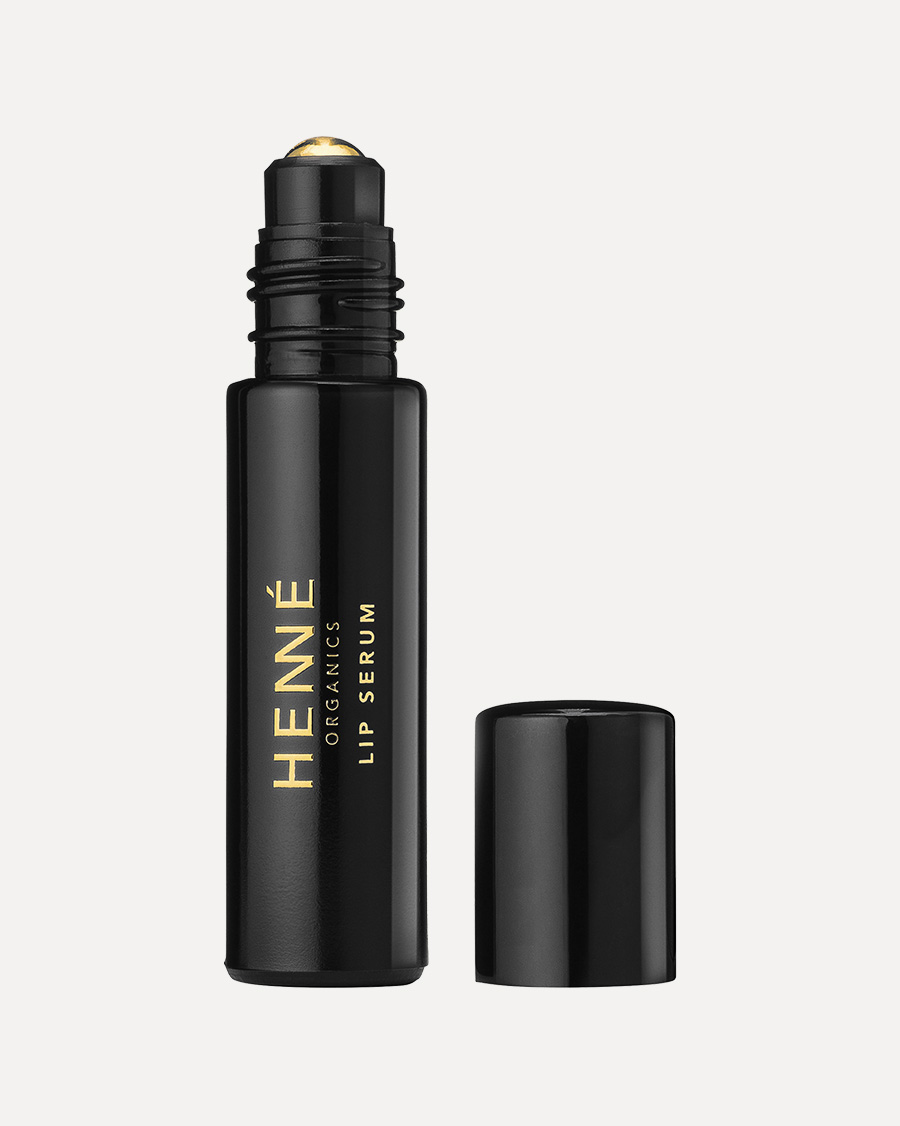10 Bizarre (and Terrifying) Beauty Trends From the Past
Some beauty and skincare routines start off as trends and then end up standing the test of the time. Others…not so much, and thank goodness for that! We’ve gathered a list of 10 of the strangest and most disturbing beauty trends that you’ll never want to give a try.
In Ancient Greece and Rome, crocodile dung (aka croc poop) was believed to have beautifying and anti-aging properties and was used in blends for facials as well as in baths.
As outrageous as a crocodile dung facial sounds, fast forward to today, and poop facials do still technically exist. Certain Japanese facials (you can even find them in a handful of spas in the U.S.) use powdered bird droppings (nightingale to be precise) for skin softening and brightening purposes. We don’t know about you, but this is one facial we prefer to skip.


Now that you’ve made it through reading this list, aren’t you glad that none of these 10 beauty trends are still popular? Consider this a reminder that what’s trending isn’t always what’s best. Here’s hoping that none of our current beauty trends make it on to this kind of list hundreds of years from now.
1. Crocodile DUNG-Dee
Believe it or not, this is one of the least crazy beauty regimens on our list.In Ancient Greece and Rome, crocodile dung (aka croc poop) was believed to have beautifying and anti-aging properties and was used in blends for facials as well as in baths.
As outrageous as a crocodile dung facial sounds, fast forward to today, and poop facials do still technically exist. Certain Japanese facials (you can even find them in a handful of spas in the U.S.) use powdered bird droppings (nightingale to be precise) for skin softening and brightening purposes. We don’t know about you, but this is one facial we prefer to skip.
2. Care for some arsenic wafers?
In the 19th century, some women were trying to attain the pale, borderline translucent kind of skin tone, which resulted in the common beauty trend of ingesting arsenic. Yes, that’s right. Arsenic. Arsenic “complexion wafers” were sold in most major pharmacies in the U.S. and were marketed as “perfectly harmless.” Needless to say, they were anything but harmless, as arsenic poisoning resulted in vomiting, destruction of thyroid function, heart illness and cancer. Once women started consuming arsenic, they couldn’t just stop cold turkey either, as this would cause horrific withdrawal symptoms.
A newspaper advertisement for arsenic wafers published in 1889. Credit: Wiki Commons
3. White as death
From the 1400s through 1700s, a popular beauty trend in the West was skin as white as snow. Women would apply a mixture of white lead and vinegar onto their faces in hopes of whitening their skin as well as reducing the appearance of scars and freckles. We wish the only unfortunate consequence of this was scarily pale skin, but it’s so much worse. This lethal blend caused skin to rot, created scarring and in the worst cases, it led to paralysis and death.4. Radioactively radiant
In 1898, Marie and Pierre Curie discovered radiation. Three decades later, several eager individuals and companies jumped on the radioactive bandwagon and launched beauty brands with products containing radioactive chemicals like thorium chloride and radium bromide. The most well-known radioactive brand at that time was called Tho-Radia and was founded by a man named Alfred Curie (ironically no relation to Marie or Pierre). His marketing campaigns promised that Tho-radia products would remove wrinkles and boost “cellular vitality.” Sure, an out-of-this-world glow sounds great and all…until you drop dead.5. Dimples to die for
Unintentional radiation poisoning wasn’t the only aspiring beauty trend in the 1930s. An ambitious woman named Isabella Gilbert invented the Dimple Stamper in 1936, a scary looking wireframe contraption device that allegedly created “dimples on demand.” Turns out that the device didn’t work, was very painful to use and caused health problems. Shocking, said no one ever.
The Dimple Stamper in all its ghastly glory. Credit: The Atlantic
6. Pluck every hair in site
During part of the Middle Ages and during the Renaissance, women were really not fond of body hair. Eyebrows and eyelashes were not spared from this next-level plucking. Even the hairs by the hairline were removed to give the appearance of a longer forehead, which they viewed as a sign of wealth and purity at the time.7. Accentuated veins
Thanks to trendsetting royals like Marie Antoinette, accentuated veins became a popular trend among women of the elite class in France. Since pale and translucent skin was still very much in, women would use blue pencil to draw in their veins and make them more apparent. Not sure how we feel about penciled in veins, but at least it’s not deadly!8. Blackened teeth
Black teeth was a practice and beauty trend that appeared in various countries in Asia and South America, with the most notable being in Japan. The Japanese called it “Ohaguro”, which means “blackened teeth.” Ohaguro became a status symbol for women, representing wealth and sexual maturity. This practice started in the 8th century and remained a part of beauty culture until the late 19th century. In 1870, as part of their efforts to modernize Japan more, the government banned Ohaguro. By 1873, the new (and government approved) teeth trend became pearly whites instead.9. Bathtime can be fatal
Arsenic makes yet another appearance on our list. Before it became trendy to eat arsenic wafers, women in the Victorian era bathed in arsenic to get milky white skin. Just like arsenic wafers, once you start, it’s hard to quit. As Victorian writer Lola Montez stated, “Once they habituate themselves to the practice, they are obliged to keep it up the rest of their days, or death would speedily follow.”10. Eyes that sparkle
On the surface, “belladonna” sounds like a fairly pleasant word, right? It even means “beautiful woman” in Italian. Don’t let this charming word fool you though, as it’s anything but harmless. Belladonna, also commonly known as deadly nightshade, is a poisonous herbaceous plant that proves fatal even in small doses. Sadly this didn’t stop women in Renaissance Italy and Victorian England from squeezing drops of it directly on their eyes. You might be wondering, why on earth would they do that?! For seductive, sparkling, irresistible eyes, of course! The drops of deadly nightshade would dilate their eyes and give women the desired glistening eyes. It also caused blindness with prolonged use.Now that you’ve made it through reading this list, aren’t you glad that none of these 10 beauty trends are still popular? Consider this a reminder that what’s trending isn’t always what’s best. Here’s hoping that none of our current beauty trends make it on to this kind of list hundreds of years from now.



